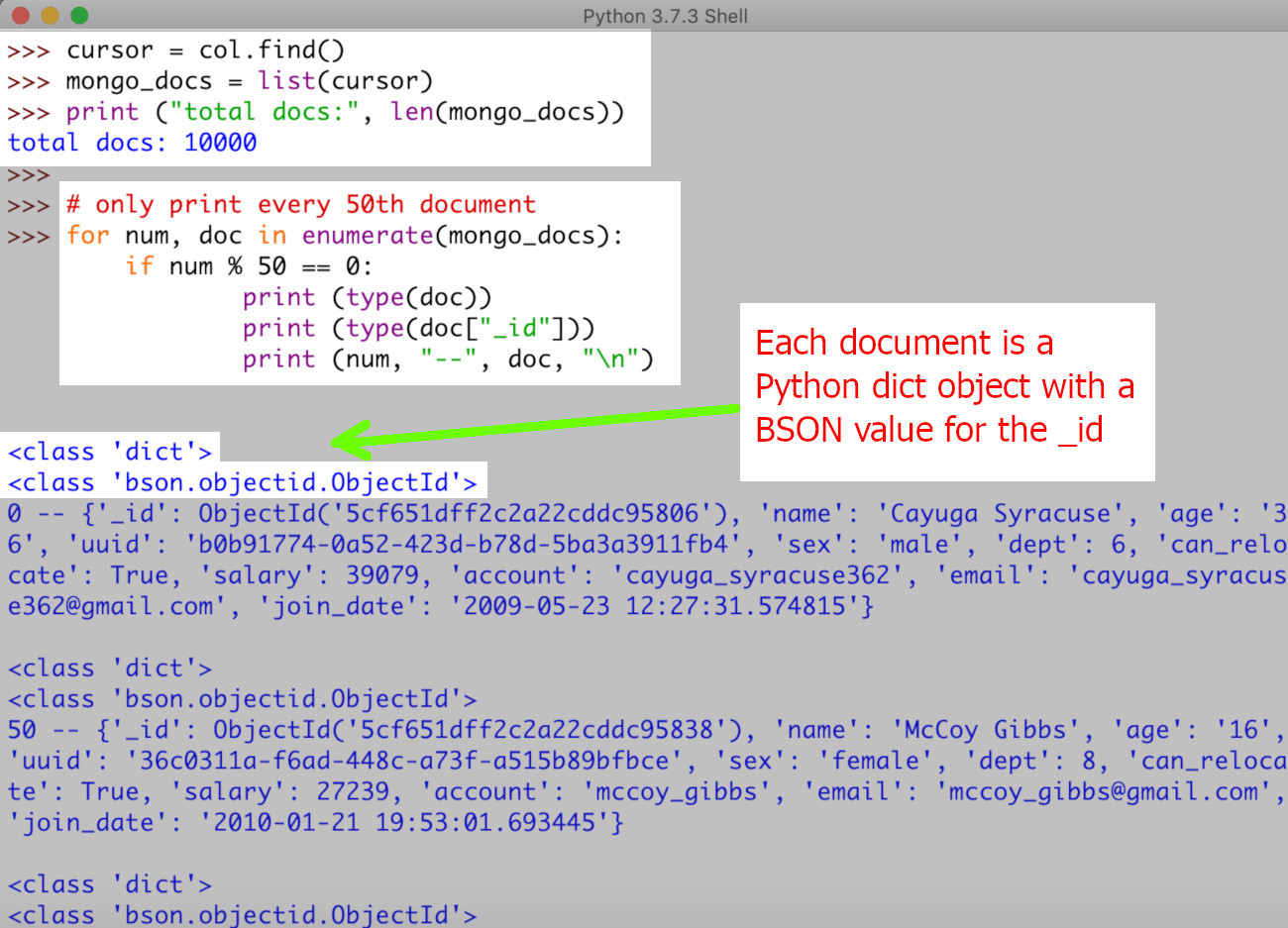

The first answer shows a recursive function that traverses the dictionary and returns a flattened instance. How to Flatten a Dict in Python Using your Own Recursive FunctionĪ quick look at Google leads us to stackoverflow. Using your Own Recursive Function + Generators.PS: If you don’t have Python 3.7 you can install it using pyenv and even have multiple versions at the same time with no conflict. The goal of this post is to provide you many options for this problem and give you as much data as possible so you can make an informed decision. Choosing the best solution for a problem requires weighting the benefits of one solution over another. Python is a versatile language, meaning you can achieve the same goals in several ways. The other is that it’s easier to navigate and manipulate it, since a flat structure is one level deep.

One is that it makes it simpler to compare two dicts. There are many reasons you would need a flattened dictionary. Why Should You Know How to Flatten a Dict in Python? For this tutorial, I ran all examples on Python 3.7. For each method I’ll point out the pros and cons, and I'll give a quick performance analysis. In this post, we’ll look at 4 different ways to flatten a dict in Python.


 0 kommentar(er)
0 kommentar(er)
